How to find your interior design style
Interior design is more than choosing colors you like and the couch you want to sit on. At its core, interior design is about understanding the residents' and guests' problems and needs and shaping a space that solves or meets them.
Usually, the second half of that sentiment is when people start having the most fun with interior design. Shaping a space means curating everything from floorplans to picking between fluted or flat lampshades. You begin to visualize how the room looks, determine the colors, materials, fabrics, theme, and style that fulfills your vision, and find your personal style.
Some people tell you that finding the style of the home comes as a result of first identifying the purposes of the space as it makes sense to your lifestyle. But, honestly, the design process is fluid, and there won’t be a proper place to start or a correct order in which you need to do things.
Finding inspiration through purpose and function
Some people have a gift for envisioning the final design style in their minds. The rest of us, though, need a little help. Pinterest, Instagram, and other journals and portfolios featuring interior design styles come to the rescue.
When you first start looking through the millions of pictures of homes, it’s tempting to save and favorite everything you like. However, that might not be the most helpful technique. While it’s perfectly normal—and encouraged—to dream big, not every space you find will be worth putting on your board.
While you don’t always need to consider the function of a space as you look at imagery online, having a few loosely held rules allows you to focus. The function of a space is one such rule. For instance, if your family frequently enjoys watching movies at home, which living room would better serve that purpose?
If you picked the first one, you’re on the money. While the second living room is gorgeous, its design is centered around facilitating conversation and interaction. However, suppose you’re a movie-enjoying family and have designed a living room similar to the second image. In that case, you need to move furniture, add and subtract furniture, or move the movie-watching experience to a different room altogether. When putting together a board or collection of all the inspiration and imagery, consider the room's purpose and add examples that fulfill that purpose.
Types of interior design styles
Interior design styles combine motifs and elements, including color, decor, fabrics, furniture, and more, that keep spaces cohesive and focused visually. They range from minimalistic to eclectic, neutral to bright-colored, traditional to modern, and so on. While the list of different interior design styles is endless, a few grew in popularity over the years and stood out.
Bohemian
Also called Boho design, bohemian is playful with many colors, textures, and patterns. Often, Bohemian styles have a DIY appeal. Color combinations sometimes clash, furniture and accent pieces feel funky, and personal art pieces and designs add an independent appeal.
Coastal
Coastal, as the name suggests, uses colors native to beachy atmospheres, such as ocean blues, seafoam greens, and coral oranges. Like most coastal communities, it creates a laid-back environment suited for lounging with a casual and cozy feel. Wicker furniture, weathered wood furnishings, and lots of open space with an outdoor appeal are popular in coastal design homes.
French Country
French Country—and, similarly, cottagecore or provincial—has a thrifted European elegance aesthetic. It uses muted pastel colors, antique furniture, and soft patterns to create a comfortable, lived-in feeling. Distressed and vintage accessories paired within a home with natural materials and a weathered appearance create the French Country aesthetic.
Industrial
Industrial designs honor the origins of a building. Industrial designs are typical where warehouses or commercial buildings are converted for residential use. Still, even suburban
homes can lean into the style by employing metals, wood, brick, and other mixed materials to help maintain a space's natural look and feel.
Rustic Chic
Rustic interiors use materials common to farms and farmhouses, such as sliding doors, leather accents, jute, and warm wood tones. Rustic Chic connects the natural beauty of an outdoor lifestyle with the necessities of indoor living.
Scandinavian
Often associated with minimalism, the Scandinavian style prioritizes lighter colors and open interiors to focus on sustainability, where natural light replaces electrical use. People often confuse Scandinavian for mid-century modern, but where mid-century modern styles use man-made materials, Scandinavian features more natural materials.
Start collecting materials
The internet isn’t the only place where you can find inspiration. Materiality—physical experiences—in interior design plays an essential role in interior design. The tactile experience of touch and how different materials and design elements behave in light greatly influence the feeling.
Go into your closet, pull out a few of your favorite articles of clothing, and drape them across your living spaces. You’ll probably feel good living in whatever you feel good wearing. Then, start collecting samples of fabrics, textures, items with specific colors, and materials that you think are beautiful and meaningful.
Place every little material and item you love into a box and play around with them.Place them in different orders, mix up which materials are partnered, and view them in various lighting conditions. You can combine stone, tile, wood, jewelry, linen, glass, leather, and much more in multiple forms to understand better what speaks to you.
Working with a professional interior designer
Interior design is an emotionally driven practice. Doing it alone can be exhausting for anyone trying to design their own home. Without knowing how to make a final decision, residents can end up in a spiral of “getting inspiration.” Pinterest boards have hundreds of pictures and opportunities to purchase furniture or accents.
If you want professional help finding your style, whether knowing where to look for inspiration or sorting through your Pinterest boards to help you define it, then schedule a meet-up with us today. Our team of interior designers is here to help answer any of your questions, find your interior design style, and bring your dream home to life.
Schedule a Meet Up
Ready to start the process of finding or creating a home that feels like you? Get started here.



